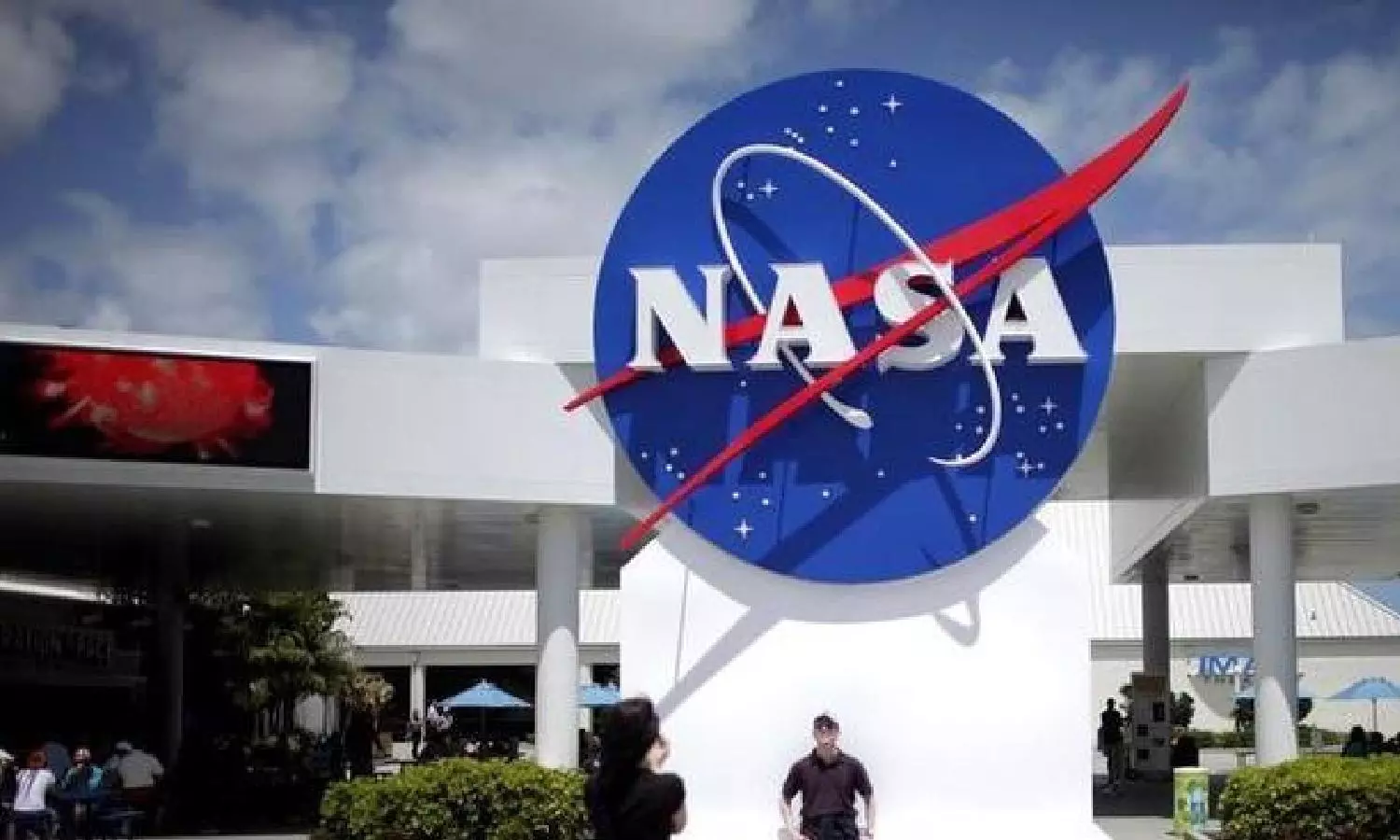Editorial: Earth calling Space
NASA's two stuck astronauts — Butch Wilmore and Sunita Williams who flew up on Starliner will remain behind at the orbiting lab, and ride home with SpaceX in February, eight months after launching on what should have been a weeklong test flight.;

Nasa
CHENNAI: Earlier this week, Boeing said that it will attempt to return its problem-plagued capsule from the International Space Station, with empty seats. Per NASA, everything is going as per schedule for the Starliner capsule to undock from the space station, and aim for a touchdown in New Mexico's White Sands Missile Range on Saturday. NASA's two stuck astronauts — Butch Wilmore and Sunita Williams who flew up on Starliner will remain behind at the orbiting lab, and ride home with SpaceX in February, eight months after launching on what should have been a weeklong test flight. Problems with the thruster, as well as helium leaks had caused a delay in the duo's return, following which NASA confirmed that it was too risky for them to accompany Starliner back as originally planned.
The recent episode has reignited curiosity among the scientific fraternity with regard to the health impact on astronauts who have spent extended durations in space. Researchers have outlined a few trends pertaining to the body's bones, the digestive system, eyes, heart, muscles and nerves. Microgravity is known to make bones weaker, while food is said to travel slower through the gut, leading to weight gain in astronauts. Close to 70% of long duration space crews tend to develop spaceflight associated neuro-ocular syndrome, which implies fluid build up behind the eyes, which in turn affects the eyesight. Weightlessness is also known to impact the heart, which shrinks on account of limited activity.
The longer a crew spends time in space, the more pronounced their symptoms get. A timeline of the exponential rise in hours spent in space might help illustrate this. Back in 1960, the average time spent by an astronaut in space ranged from one minute to one month. Now in the 2020s, that range has gone up to 10 minutes to six months. Most expeditions to the ISS last as long as six months. If one were to consider the case of Wilmore and Williams, they would spend as many as 240 days in space by Jan 31, 2025.
NASA said the two astronauts are now considered full-time station crew members along with the seven others on board the ISS, helping with experiments and maintenance, and ramping up their exercise to keep their bones and muscles strong during their prolonged exposure to weightlessness. To make room for them on SpaceX's next taxi flight, the Dragon capsule will launch with two astronauts instead of the usual four.
Boeing had encountered serious flaws with Starliner long before its June 5 liftoff on the long-delayed astronaut demo. Starliner's first test flight fared poorly in 2019 — as the capsule never reached the space station owing to software errors — the mission was repeated three years later. As more problems surfaced, there were subsequent delays which entailed over $1 billion in repairs. NASA had onboarded private companies Boeing and SpaceX a decade back to ferry its astronauts to and from ISS following the retirement of its shuttles. SpaceX accomplished the feat in 2020 and has since launched nine crews for NASA and four for private customers.
There are lessons to be gleaned from this episode for India, which has grown ambitious about its space missions, with privatisation et al. The ISRO plans to set up India’s first space station by 2035 and put a human on the Moon by 2040. Before we get there, it’s vital that we future-proof human space flight and moon landing technologies to ensure that the safety of our astronauts is paramount.

